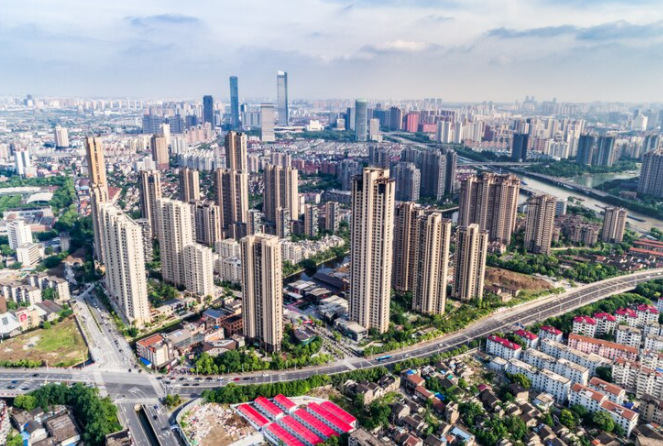In the ever-evolving landscape of urban development, concrete plays a pivotal role as both a foundational and transformative material. Its versatility, strength, and durability make it an essential component in the construction of modern cities. This article explores the multifaceted role of concrete in urban development, highlighting how it has shaped and continues to shape the cities we live in.
Concrete: The Bedrock of Urban Infrastructure
Concrete’s journey in urban development begins with its role as the bedrock of city infrastructure. From roads and bridges to tunnels and sewer systems, concrete provides the strength and resilience needed to support the daily functions of city life. Its ability to withstand heavy traffic, extreme weather, and the test of time makes it an indispensable material in urban infrastructure.
Concrete in High-Rise Construction: Touching the Sky
The skyline of modern cities is defined by towering high-rises and skyscrapers, many of which owe their existence to concrete. Advancements in concrete technology, such as high-strength mixes and innovative reinforcement techniques, have enabled these structures to reach soaring heights. These concrete giants are not just feats of engineering; they are symbols of modernity and progress.
Sustainability and Concrete: Greening the Urban Jungle
As the focus on sustainability intensifies, the role of concrete in urban development is being reexamined. Concrete is no longer just about strength and durability; it’s also about environmental responsibility. Efforts to green the urban landscape include the use of eco-friendly concrete, which incorporates recycled materials and reduces carbon emissions. Additionally, concrete’s thermal mass properties are being leveraged to improve energy efficiency in buildings, reducing the urban heat island effect.
Aesthetic Versatility: Concrete in Urban Design
Beyond its structural capabilities, concrete offers remarkable aesthetic versatility. Architects and designers are increasingly using concrete not just as a building material, but as a canvas for artistic expression. From sleek, minimalist designs to intricate textures and patterns, concrete is shaping the visual identity of modern cities.
Concrete and Public Spaces: Building Community Connections
Concrete’s impact extends to the creation of public spaces such as parks, plazas, and pedestrian pathways. These concrete spaces are vital for community interaction and urban livability. They provide a setting for social gatherings, cultural events, and recreational activities, fostering a sense of community in the urban fabric.
Resilience and Adaptability: Concrete in the Face of Change
Urban environments are constantly changing, and concrete plays a crucial role in their resilience and adaptability. Whether it’s adapting to climate change, accommodating growing populations, or renewing aging infrastructure, concrete offers solutions that are both robust and flexible. Its ability to mold to various needs and challenges makes it a key player in the dynamic narrative of urban development.
Concrete’s Future in Urban Development
Looking ahead, the role of concrete in urban development is set to evolve further. Innovations in smart concrete technology, such as embedded sensors for monitoring structural health, are opening new possibilities for safer and more efficient urban environments. The integration of london concrete with emerging technologies signifies a new era in urban development, where concrete is not just a material, but a part of the city’s intelligent ecosystem.
Concrete’s contribution to modern urban development is multifaceted and profound. It underpins the physical structures of our cities, shapes their aesthetic character, and supports sustainable urban growth. As we continue to build and reimagine our urban landscapes, concrete will undoubtedly remain a key element, adapting and evolving to meet the challenges and aspirations of future generations.







